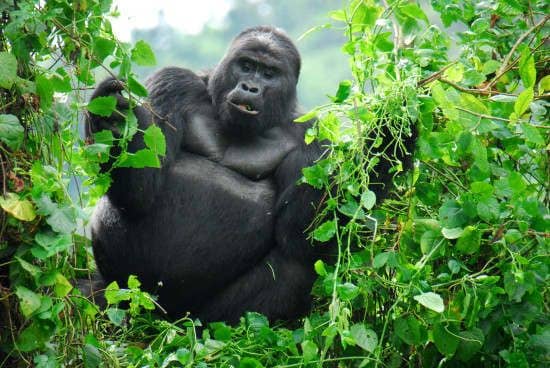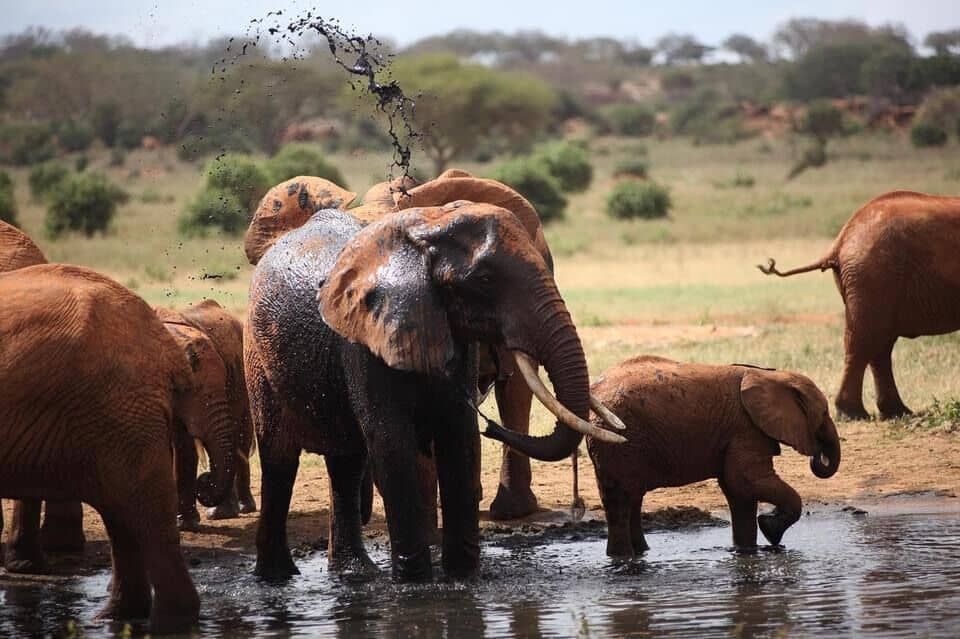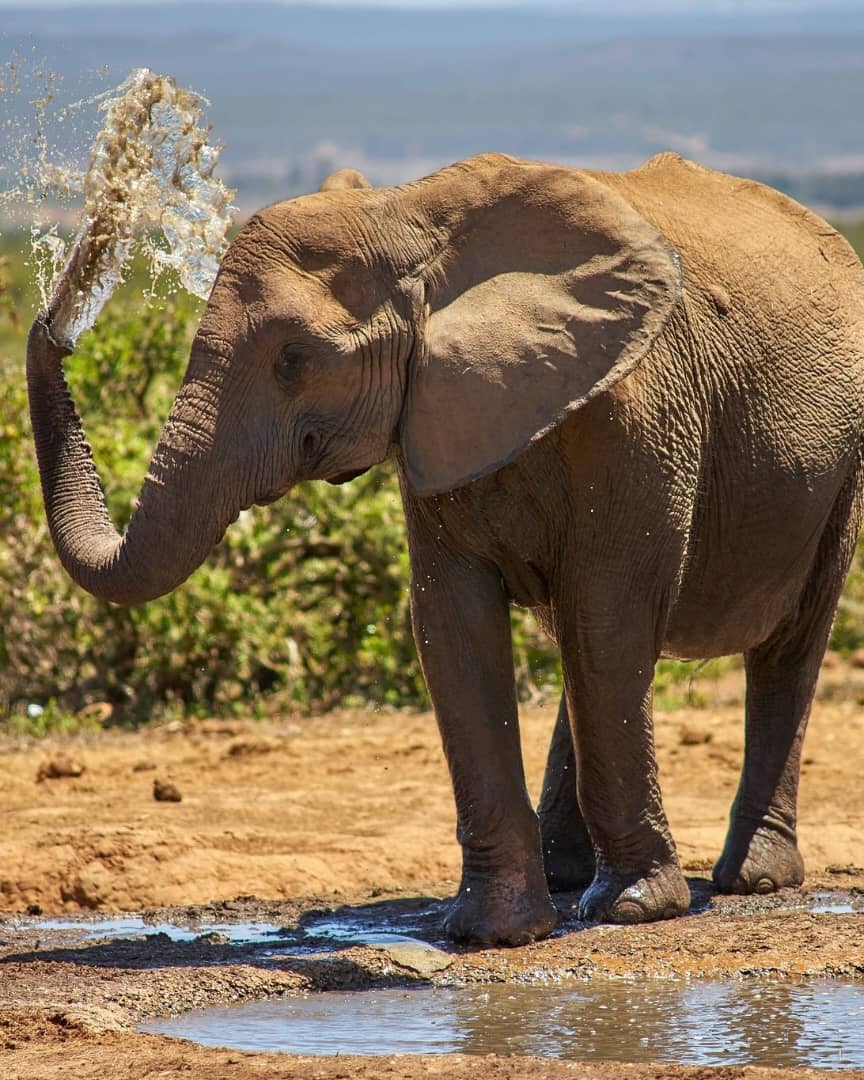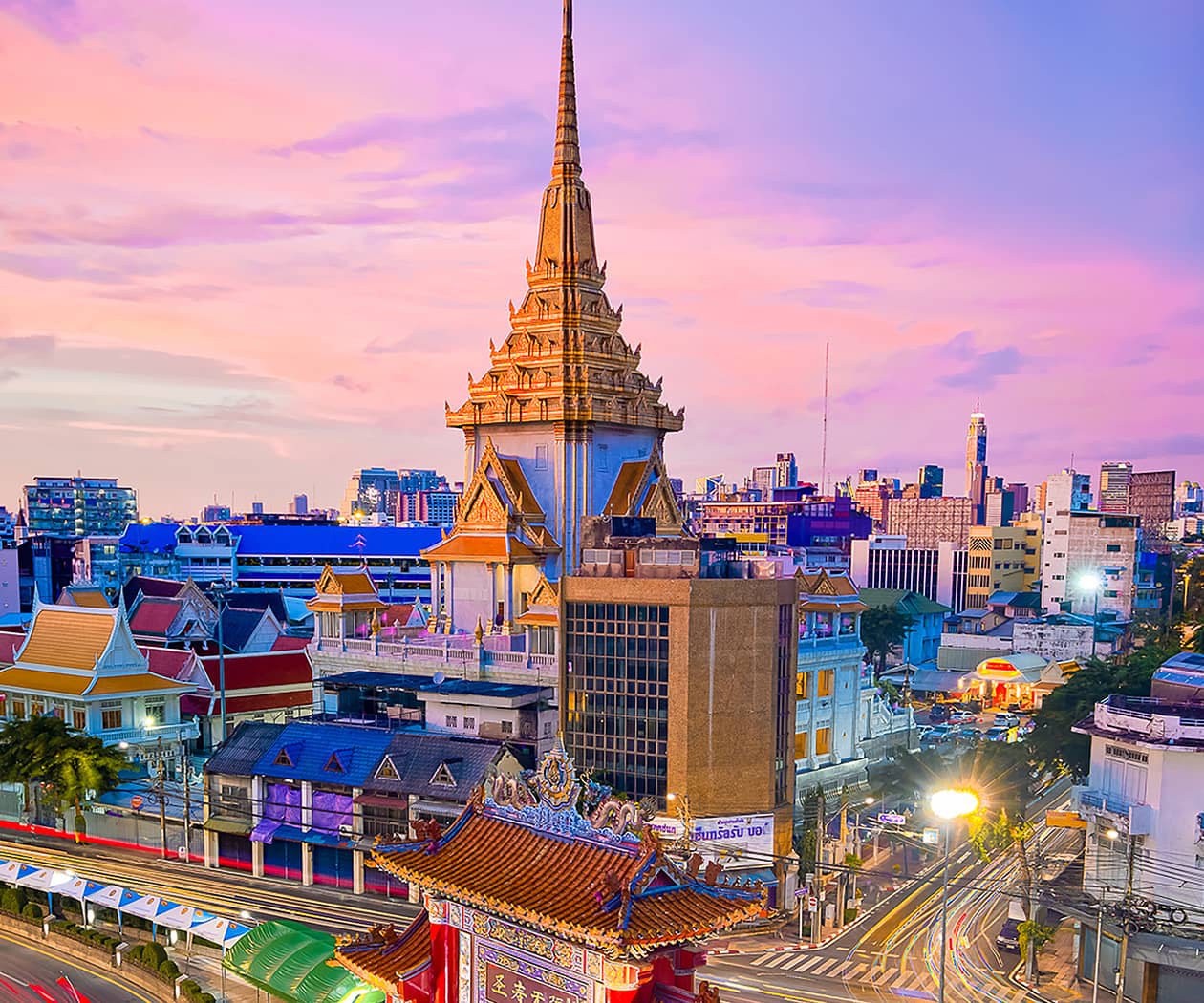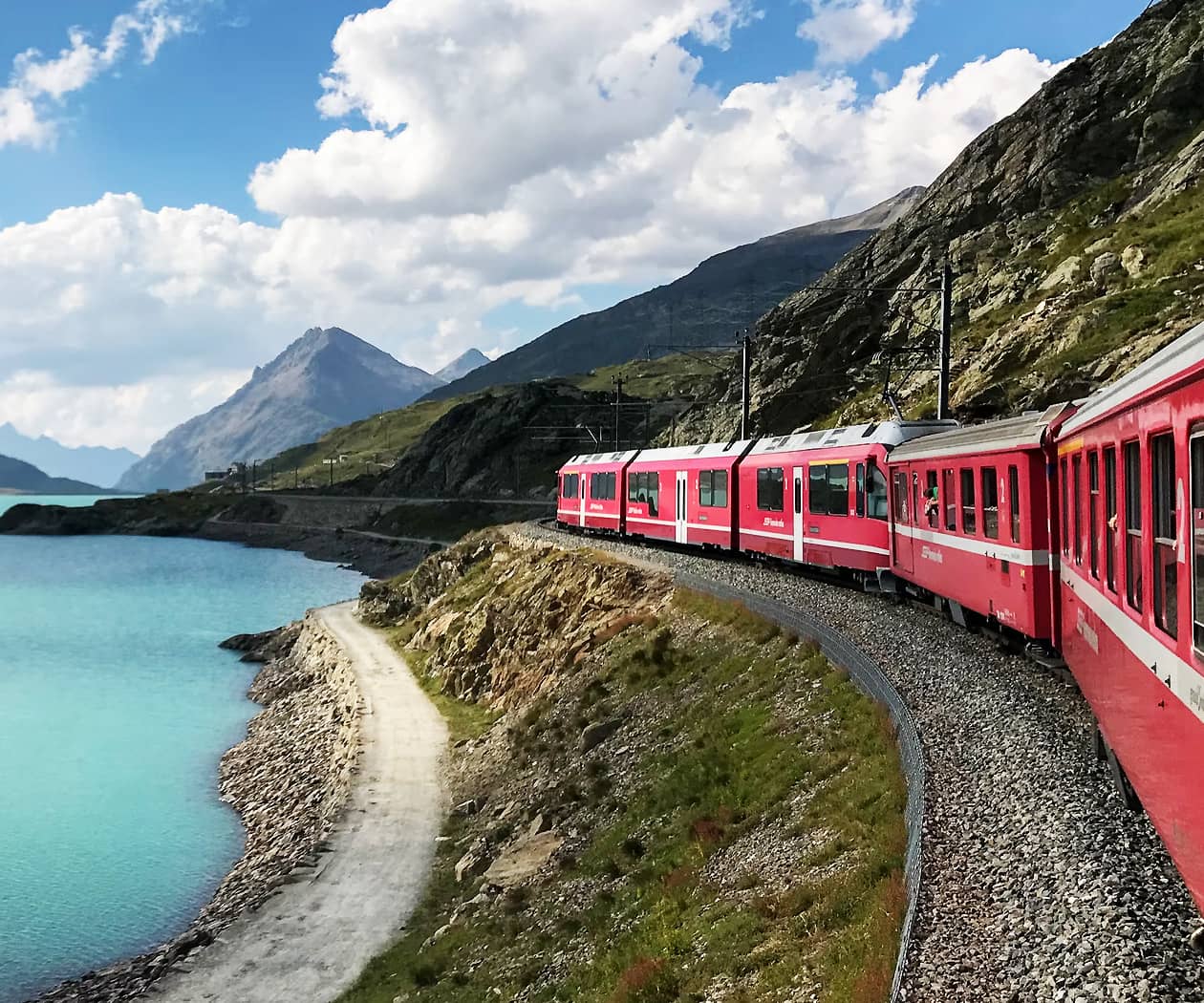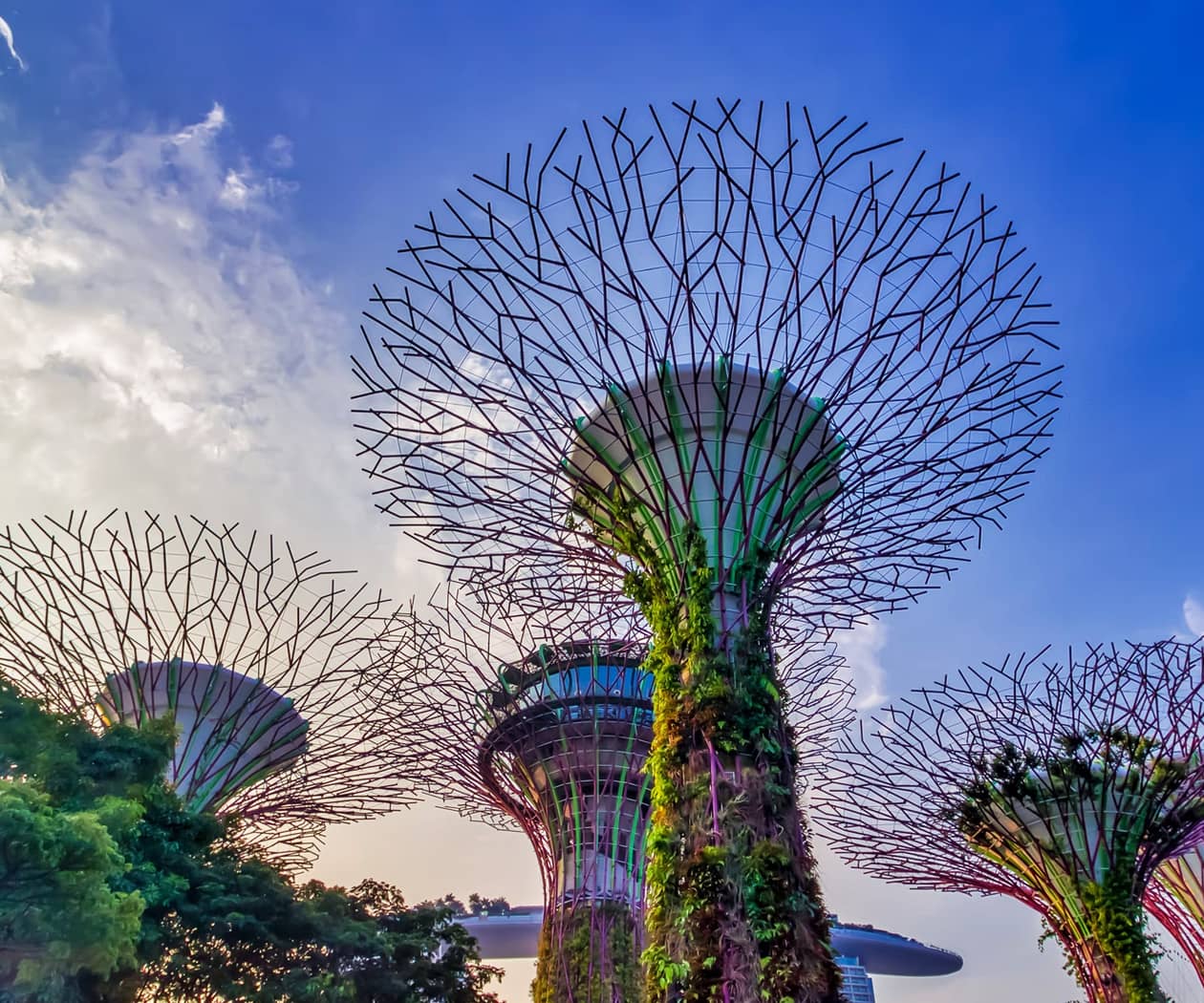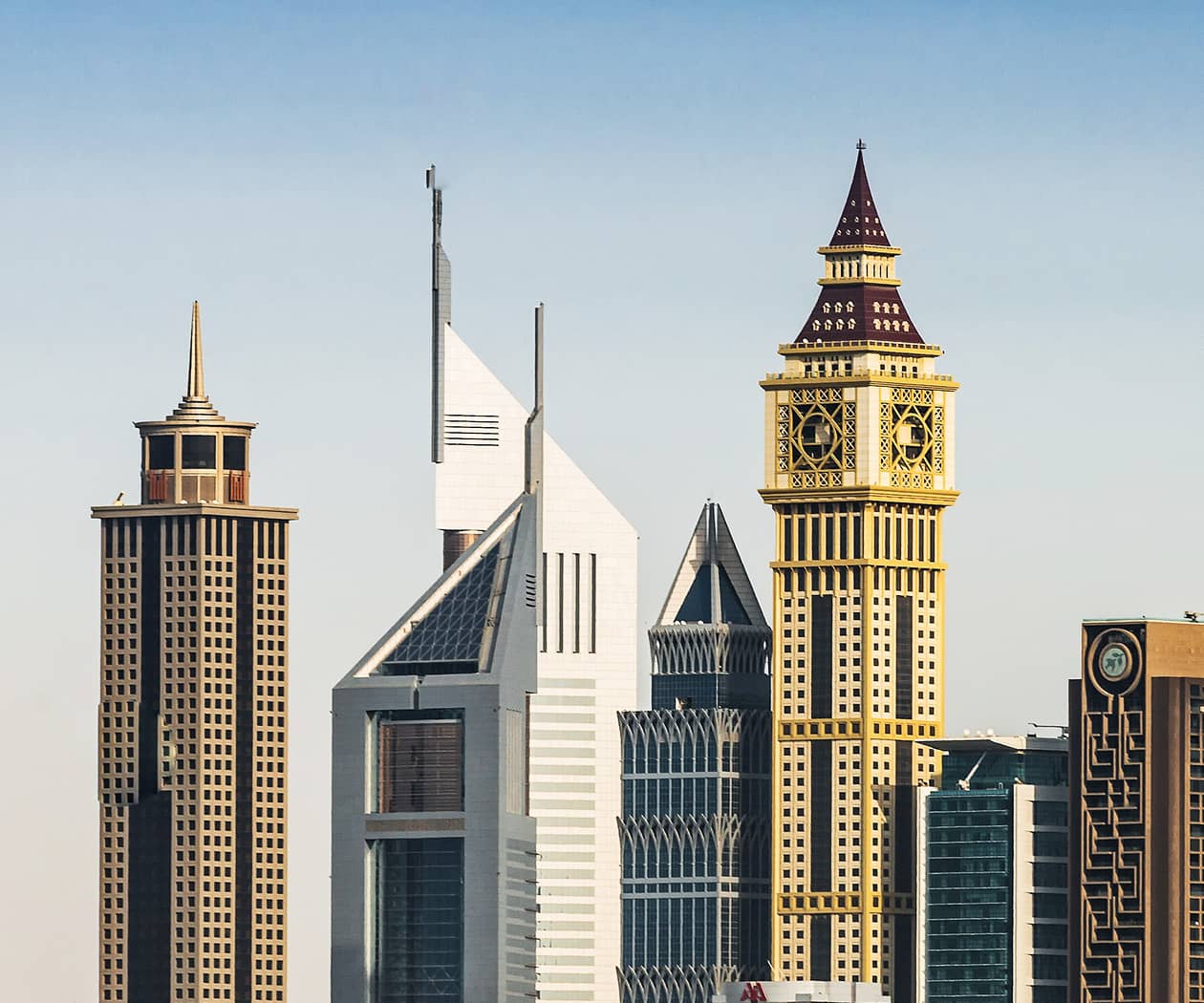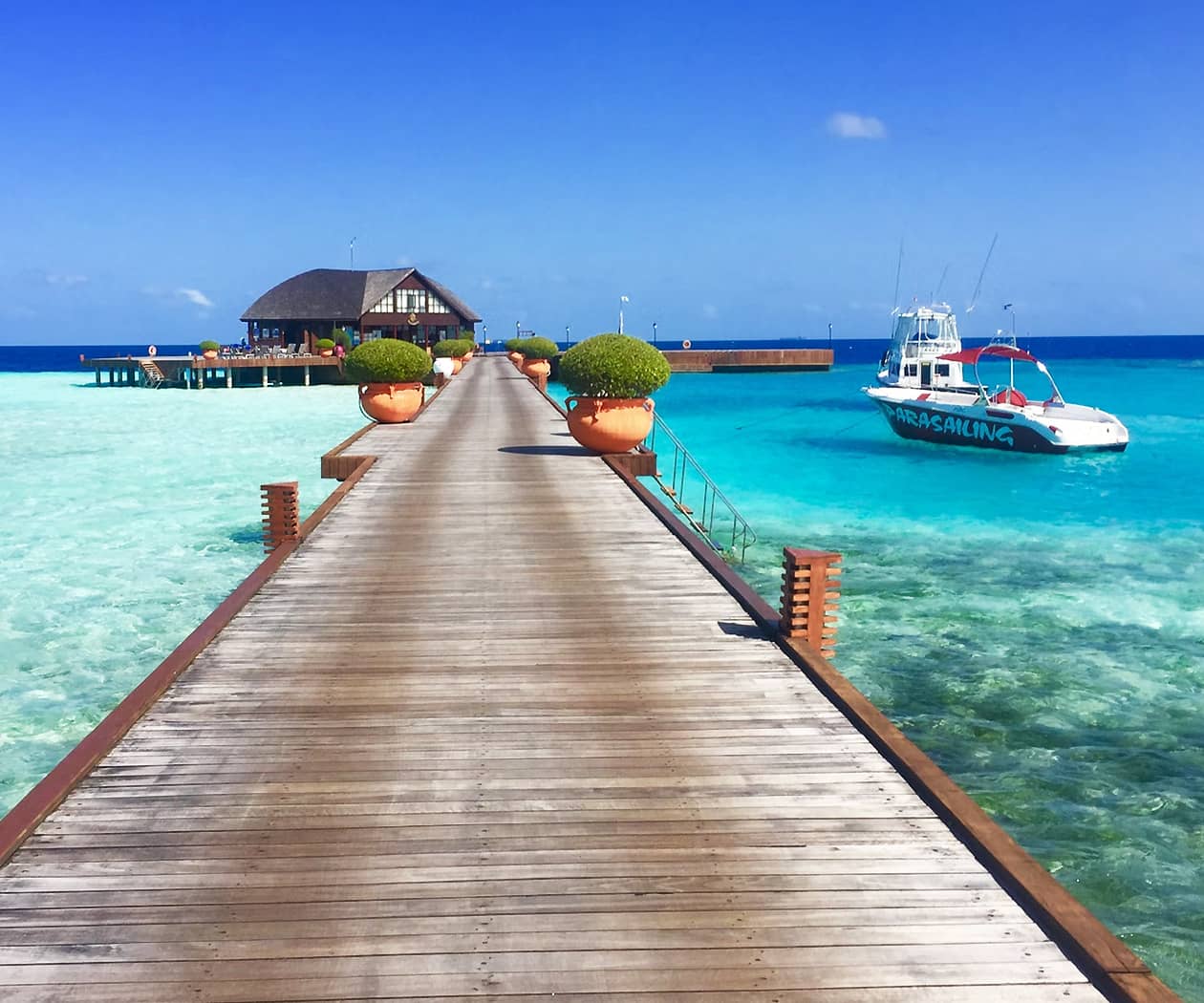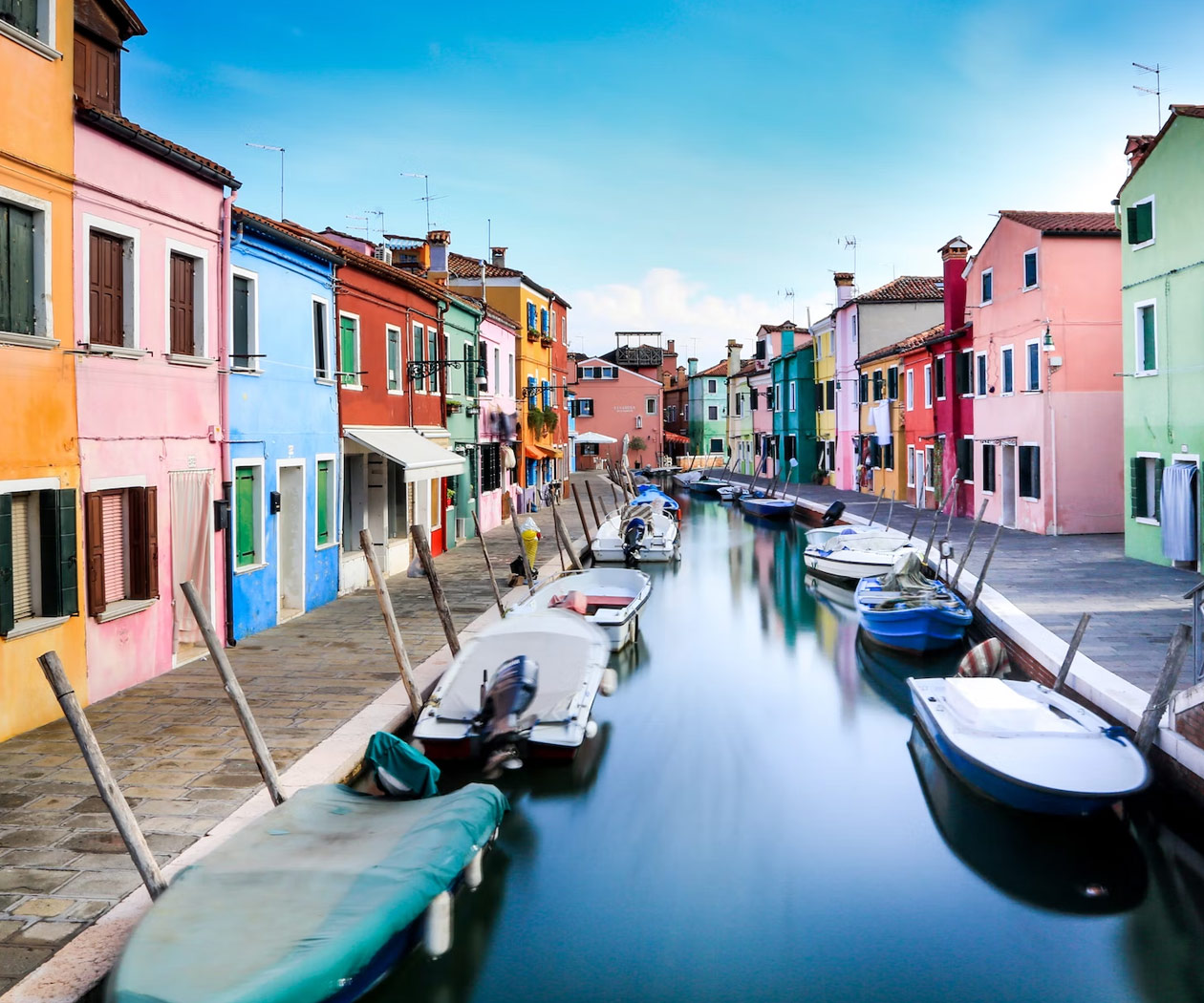Gorilla Trekking in Uganda
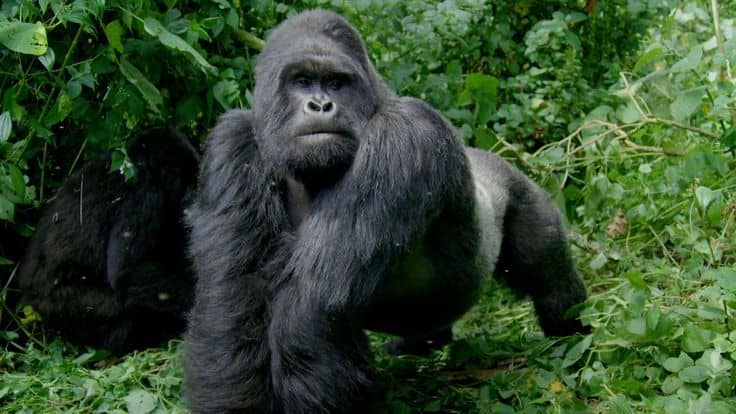
There are few experiences in life as profound and humbling as coming face-to-face with a mountain gorilla in its natural habitat. Gorilla trekking in Uganda offers adventurers a rare opportunity to step into the lush, mist-covered forests where these gentle giants roam freely. With over half of the world’s remaining mountain gorillas residing in Uganda’s Bwindi Impenetrable Forest and Mgahinga Gorilla National Park, this East African gem is a premier destination for wildlife enthusiasts and nature lovers alike.
The Magic of Gorilla Trekking in Uganda
Imagine standing just meters away from a massive silverback. He looks into your eyes while calmly chewing bamboo leaves. Around you, the air is thick with the scent of damp earth and lush greenery. Birds call from above and branches rustle nearby, creating a natural symphony. This is the essence of gorilla trekking in Uganda, an intimate and unforgettable encounter with one of our closest animal relatives.
Uganda ensures the protection of these endangered creatures through careful regulation. Authorities issue only a limited number of permits daily. Small groups trek with experienced rangers who guide them through the forest. This controlled access protects the gorillas’ natural behavior and creates a personal, exclusive experience for visitors.
Where to Go Gorilla Trekking in Uganda
Bwindi Impenetrable National Park
A UNESCO World Heritage Site, Bwindi is home to nearly half of the world’s mountain gorilla population. The park’s dense, ancient rainforest creates a mystical atmosphere, with towering trees and thick undergrowth that give it the name “impenetrable.” Trekking here can range from a few hours to a full day, depending on the gorilla family’s location. The effort is always worth it, the moment you spot these majestic creatures in their natural habitat is nothing short of magical.
Mgahinga Gorilla National Park
Part of the larger Virunga Conservation Area, Mgahinga is smaller than Bwindi but equally breathtaking. The park is dominated by three volcanic peaks and offers a different trekking experience, with open bamboo forests and stunning mountain backdrops. Mgahinga is home to the Nyakagezi gorilla family, known for its frequent movements across the borders of Uganda, Rwanda, and the Democratic Republic of Congo.
What to Expect on a Gorilla Trekking Adventure
Gorilla trekking in Uganda is physically challenging but incredibly rewarding. Depending on the gorillas’ location, treks may last from 30 minutes to several hours. The trails are often steep and muddy, so trekkers should be reasonably fit. Still, the thrill of the journey and the anticipation of seeing gorillas keep you motivated.
Once you locate a gorilla group, you’ll have one precious hour with them. Watch playful juveniles, caring mothers, and dominant silverbacks in action. Your guide will share insights into their behavior, social lives, and conservation. Photography is allowed, but avoid using flash to protect the animals.
The Importance of Conservation
Gorilla trekking is more than an adventure, it’s a vital conservation tool. Permit fees help fund wildlife protection, anti-poaching patrols, and local community projects. By taking part in gorilla trekking, you directly support both the survival of these incredible animals and the well-being of nearby communities.
Planning Your Gorilla Trekking Experience
To embark on this unforgettable journey, you’ll need a gorilla trekking permit, which costs $800 per person in Uganda (as of 2024). Permits should be booked months in advance, especially during peak seasons (June-August and December-February). Pack sturdy hiking boots, waterproof clothing, a good camera, and a sense of adventure.
Whether you’re a wildlife enthusiast, a nature lover, or simply seeking a life-changing experience, gorilla trekking in Uganda is an adventure like no other. It’s a chance to connect with nature in its purest form and witness the beauty of one of the planet’s most endangered species.
So, lace up your boots, take a deep breath, and step into the wild, the gorillas are waiting.

